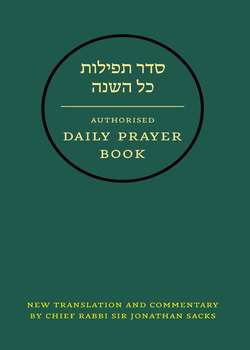Читать книгу Hebrew Daily Prayer Book - Jonathan Sacks - Страница 8
3. STRUCTURES OF PRAYER
ОглавлениеTHE HEBREW WORD FOR A PRAYER book, Siddur, means “order”. At its height, prayer is an intensely emotional experience. The wonder of praise, the joy of thanksgiving, the passion of love, the trembling of awe, the broken-heartedness of confession, the yearning of hope – all these are part of the tonality of prayer. Yet Judaism is also, and supremely, a religion of the mind – for untutored emotion, like a river that bursts its banks, can be anarchic and destructive. The opening chapter of Genesis, with its account of creation, evokes a sense of order. Each day has its task; each life-form has its place; and the result (until the birth of sin) was harmony. Jewish prayer, therefore, has an order. Like a choral symphony, it has movements, each with its moods, its unfolding themes, its developmental logic. In this section, I analyse some of these structures.
The Siddur as it exists today is the result of some forty centuries of Jewish history. Yet the result is not mere bricolage, a patchwork of random additions. It is as if the composition of the prayer book has been shaped by an “invisible hand”, a Divine inspiration that transcends the intentions of any particular author. Specifically, form mirrors substance. The shape of the prayers reveals the basic shape of the Jewish spirit as it has been moulded by its encounter with GOD. These are some of the structural features of the prayers.
